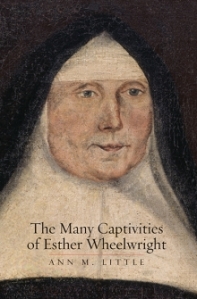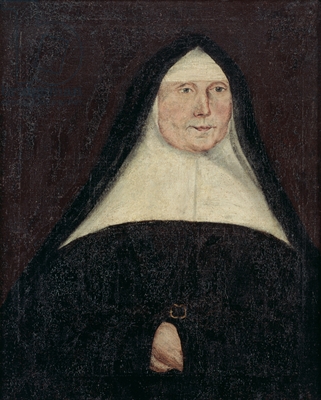Friends, I know it’s been a quiet month on the blog. What can I say? The news moves at the speed of light these days, and it’s difficult for me sometimes to conceptualize anything to add to the frantic online conversations. I wrote up a short article, “The Captivity of Otto Warmbier: Outsiders, Insiders, and Mad Kings,” for Public Seminar a few weeks ago, just before his death in Cincinnati was announced. I try to put his ordeal into context with the long centuries of North American captivities locally and globally. Check it out and let me know what you think.

Esther Wheelwright, c.1763 (oil on canvas) 55.7×45.5 cm; © Massachusetts Historical Society, Boston, MA, USA
I thought I’d also check in today to let you know that I’ll be in Boston this Wednesday night, June 28, at the Massachusetts Historical Society to talk about my book, The Many Captivities of Esther Wheelwright (Yale University Press, 2016). I’m really looking forward to my visit to the MHS again, because that’s where the portrait of Esther on the cover of the book now resides. The talk starts at 6, but come for the reception at 5:30 to say “hi” and have a drink–both the reception and the talk are free for members, and only $10 for non-members. You can register online here. I’ve got lots of beautiful, full-color slides of images that I could only reproduce in black and white in the book, so come for the wine, and stay for the polychromy. Continue reading






